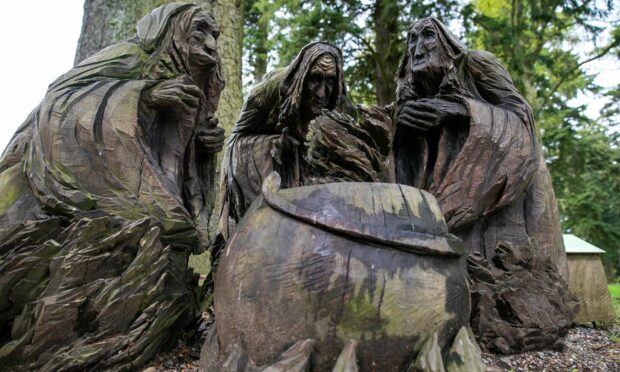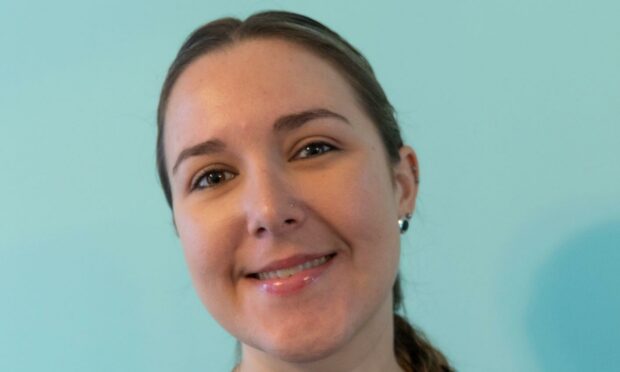A new student-led exhibition will explore 200 years of suspicions and actions that fueled the myths associated with witchcraft today.
The exhibition is aptly named “Toil & Trouble” as a homage to a poem spoken by the witches in William Shakespeare’s Macbeth, which was first performed in 1606 – a time when accusations of witchcraft were rife.
Examining and compiling the dark history of witchcraft into an online experience, the students focused specifically on the period between the 16th and 18th centuries.
The exhibition has launched this week, just as Holyrood heard a plea for the Queen to pardon thousands of Scottish women brutally killed in witch trials.
Magic, power, and supposed witches
MLitt Museum Studies students have curated the newly launched online exhibition at Aberdeen University.
It takes virtual visitors on a journey of discovery, examining aspects of early modern Scotland.
Objects ranging from a 17th century handbook for hunting a witch written by a king to devices used to punish the accused to more innocuous items thought to bring good luck have been used to consider the broader aspects of the subject.
The impact of gendered violence and oppression, the perceived difference between magic and medicine and the role of the church and religion are also explored.
Caitlin Jamison, who worked on the interpretation for the exhibition, said: “I loved the process of delving into the mysteries of witchcraft in Scotland.
“In writing the content for this online exhibition, my classmates and I have tried to shape how people understand this important topic.
“Magic, medicine and religion collide in a way that still has resonance today, which makes it so fascinating to explore.”
Lisette Turner, a member of the design and marketing curatorial team, added: “It was important to me to be able to convey the other sides of witchcraft through its history.
“People often have preconceived notions of haggard women on broomsticks or hexing their neighbours. There is so much more depth to the topic than that.
“We wanted to change that visual representation with this exhibition and focus more on the naturalistic side of the craft and how often it was that ‘common’ women found themselves in trouble when thought to have toiled in anything seen as unholy.”
Interested in witches? Check out this interactive map to learn more about the stories from around the north-east.
New interactive map shows where women accused of witchcraft lived in the north and north-east











